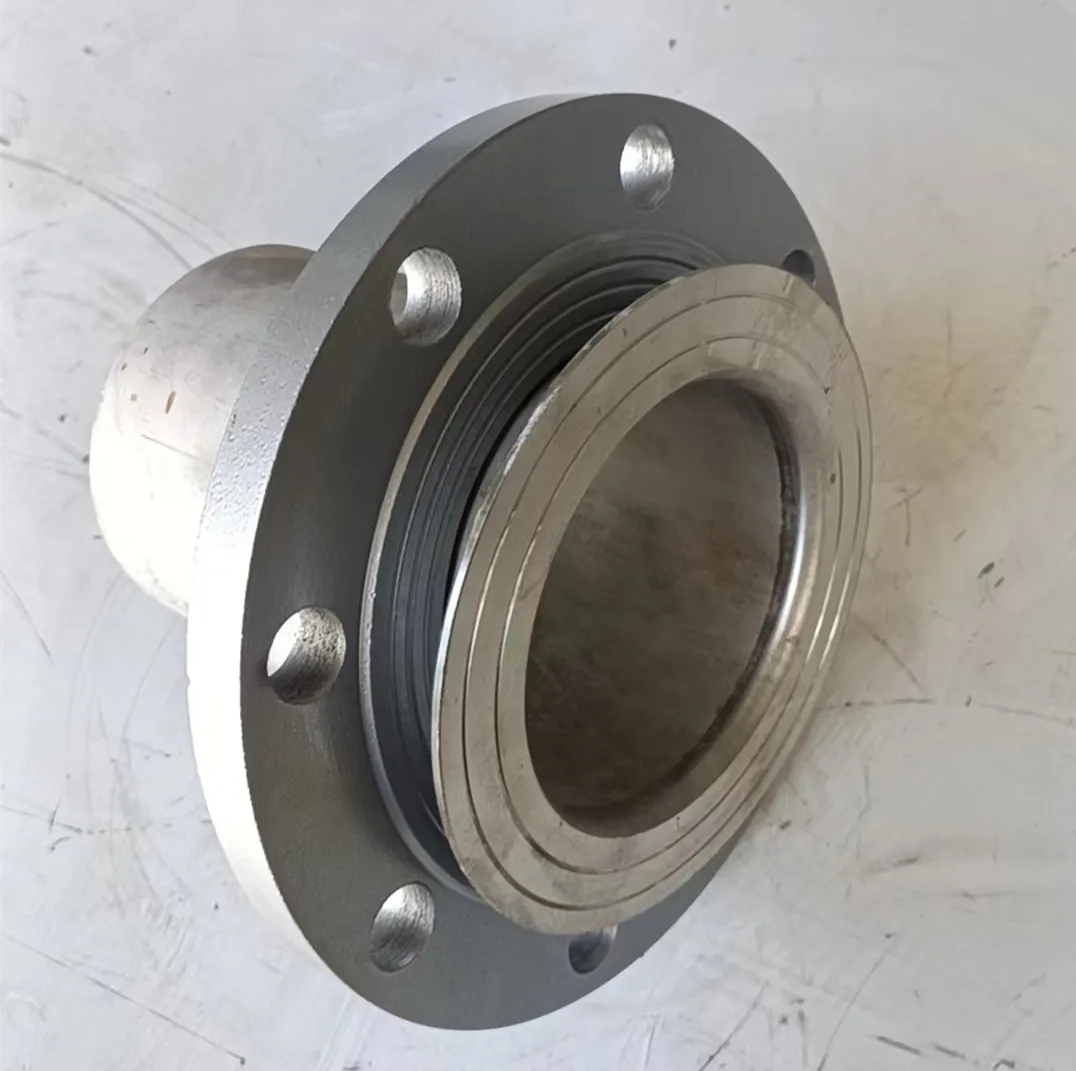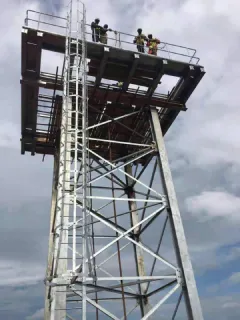loading...
- No. 9, Xingyuan South Street, Dongwaihuan Road, Zaoqiang County, Hengshui, Hebei, China
- admin@zjcomposites.com
- +86 15097380338
- Welcome to visit our website!
Affordable FRP Rebar Price High Strength & Corrosion-Resistant
- Introduction to FRP Rebar and Market Trends
- Technical Advantages Over Traditional Steel
- Key Manufacturers and Competitive Pricing Analysis
- Custom Solutions for Diverse Project Requirements
- Case Studies: Successful FRP Rebar Implementations
- Factors Influencing FRP Rebar Price Fluctuations
- Why FRP Rebar Dominates Future Construction Markets

(frp rebar price)
Understanding FRP Rebar Price Dynamics in Modern Construction
The global FRP rebar market has grown at 8.7% CAGR since 2020, with prices ranging from $2.50 to $5.80 per linear foot depending on diameter and resin composition. As infrastructure demands collide with rising steel costs (up 34% since 2021), fiberglass rebar price advantages become evident. Coastal projects in Florida and offshore wind farms now allocate 18-22% of budgets to FRP reinforcement, reflecting shifting procurement patterns.
Technical Superiority in Corrosive Environments
FRP rebar demonstrates 94% better corrosion resistance than epoxy-coated steel in salt spray tests. With tensile strength reaching 620 MPa and only 25% the weight of steel equivalents, these composites reduce transportation costs by 40%. The non-conductive nature prevents galvanic reactions, eliminating 83% of concrete degradation issues in bridge decks.
Manufacturer Landscape and Pricing Benchmarks
| Manufacturer | Price Range (1/2") | Lead Time | Certifications |
|---|---|---|---|
| Pultrall | $3.20 - $4.10/ft | 4 weeks | ASTM D7957, ISO 9001 |
| Schöck Combar | $4.50 - $5.75/ft | 6 weeks | CE, DIN 1045 |
| TUF-Bar | $2.85 - $3.90/ft | 3 weeks | CSA S806 |
Custom Engineering for Specialized Applications
Leading FRP rebar manufacturers now offer 15+ customizable parameters including:
- Variable rib patterns (helical, straight, hybrid)
- UV-stable vinyl ester formulations
- Diameter customization from 3mm to 40mm
- Non-magnetic variants for MRI facilities
Real-World Performance Metrics
The Miami Seaquarium expansion (2022) utilized 18 tons of 16mm FRP rebar, achieving 63% cost savings on maintenance over 5 years compared to stainless steel alternatives. In Canada's Highway 407 extension, fiberglass rebar price premiums of 22% upfront generated 41% lifecycle savings through reduced road closures.
Market Forces Shaping Fiberglass Rebar Price
Raw material fluctuations (resins +18% YoY, glass fibers +9%) currently drive 85% of FRP rebar price changes. However, automated pultrusion lines now reduce production costs by 15-20% annually. Volume discounts from manufacturers kick in at 5,000+ linear feet orders, with some offering 7-year price locks for infrastructure partners.
FRP Rebar Price Trends: The Sustainable Choice
With 72% of civil engineers specifying FRP reinforcement in new marine projects, manufacturers project 12-15% annual price declines as production scales. The material's 100% recyclability aligns with EU taxonomy regulations, making fiberglass rebar price points increasingly attractive for ESG-focused developments. Industry forecasts suggest FRP will capture 35% of the global rebar market by 2028.

(frp rebar price)
FAQS on frp rebar price
Q: What factors influence FRP rebar price?
A: FRP rebar price depends on raw material costs, manufacturing processes, and order volume. Market demand and regional availability also play a role. Custom specifications may increase the price.
Q: How does fiberglass rebar price compare to steel rebar?
A: Fiberglass rebar price is typically higher upfront than steel but offers long-term savings due to corrosion resistance and lower maintenance. Installation costs may differ based on project requirements.
Q: Where can I find reliable FRP rebar manufacturers?
A: Reputable FRP rebar manufacturers can be identified through industry certifications, customer reviews, and trade directories. Many provide quotes and technical support directly via their websites.
Q: Why do FRP rebar prices vary between suppliers?
A: Price variations stem from differences in production technology, material quality, and supplier overheads. Bulk purchasing or regional logistics may also affect final pricing.
Q: Are fiberglass rebar prices stable throughout the year?
A: Fiberglass rebar prices may fluctuate due to resin and glass fiber market trends. Seasonal demand shifts or supply chain disruptions can also impact short-term pricing.
-
The Rise of FRP Profiles: Strong, Lightweight, and Built to LastNewsJul.14,2025
-
SMC Panel Tanks: A Modern Water Storage Solution for All EnvironmentsNewsJul.14,2025
-
GRP Grating: A Modern Solution for Safe and Durable Access SystemsNewsJul.14,2025
-
Galvanized Steel Water Tanks: Durable, Reliable, and Ready for UseNewsJul.14,2025
-
FRP Mini Mesh Grating: The Safer, Smarter Flooring SolutionNewsJul.14,2025
-
Exploring FRP Vessels: Durable Solutions for Modern Fluid HandlingNewsJul.14,2025
-
GRP Structures: The Future of Lightweight, High-Performance EngineeringNewsJun.20,2025
